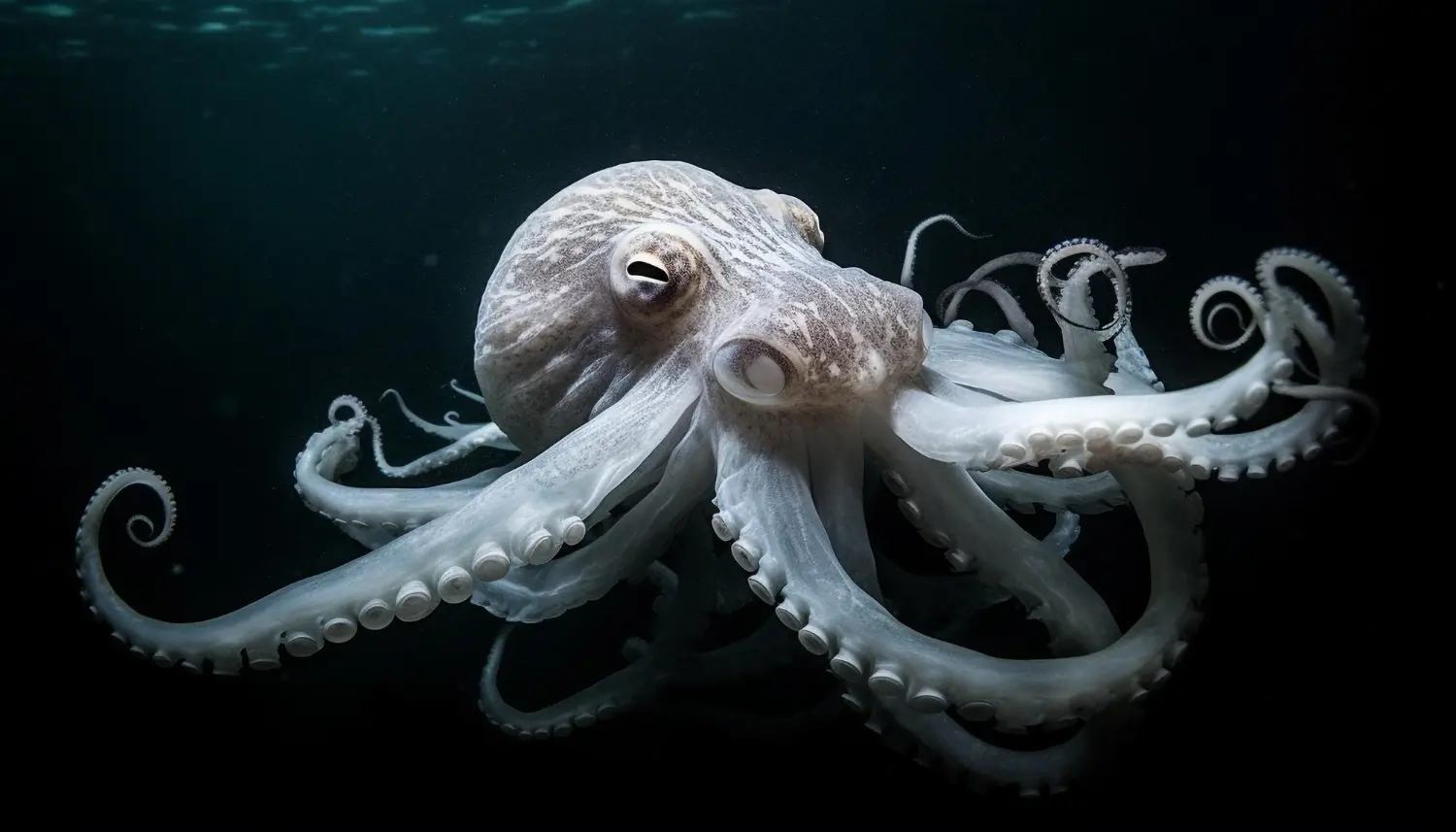When we think of fascinating creatures in the deep ocean, octopuses undoubtedly top the list. These enigmatic cephalopods have captured the imaginations of scientists and marine enthusiasts for generations. One of the most intriguing aspects of octopuses is their unique circulatory system, which sets them apart from other animals. In this article, we delve into the remarkable physiology of these incredible creatures, focusing on their three hearts and how they efficiently distribute life-sustaining oxygen throughout their bodies.
Table of Contents
A Cephalopod Wonder: Understanding the Three Hearts
The Pumping Mechanism
At first glance, the concept of three hearts in a single creature might sound bewildering. However, octopuses have evolved an ingenious circulatory system that works seamlessly to support their active lifestyle in the deep ocean. Let’s break down their pumping mechanism:
- Two Hearts for Gill Circulation
The first two hearts of an octopus are responsible for pumping deoxygenated blood to the gills. As water passes over the gills, oxygen is absorbed, and carbon dioxide is released, allowing efficient gas exchange. These specialized gills play a crucial role in enabling octopuses to thrive in their aquatic environment.
- The Third Heart for Systemic Circulation
The third heart in octopuses performs a vital role, quite distinct from the other two. This heart pumps oxygenated blood throughout the entire body, delivering life-sustaining oxygen to various tissues and organs. It ensures that every part of the octopus receives the necessary oxygen to function optimally.
The Importance of Oxygen Supply
Octopuses are known for their high level of activity and intelligence. From hunting prey to intricate problem-solving, their brains demand a constant supply of oxygen. The efficiency of their three-heart system enables them to maintain their impressive cognitive abilities and remain agile predators in the deep sea.

Evolutionary Advantage of the Tri-Heart System
Adaptation to the Environment
The three-heart system in octopuses is an evolutionary marvel, shaped by millions of years of adaptation to their environment. The deep ocean, with its low oxygen levels, demands specialized survival mechanisms. Having two hearts dedicated to gill circulation enables efficient oxygen uptake from the surrounding water, while the third heart efficiently distributes that oxygen throughout the body.
Enhanced Stamina and Agility
Octopuses are masters of disguise and escape. Their ability to rapidly change colour, texture, and shape allows them to evade predators and capture prey. To support such a high-energy lifestyle, octopuses need a robust oxygen supply. Their tri-heart system delivers oxygen to their muscles and organs, enhancing their stamina and agility.
Octopuses’ Incredible Color-Changing Abilities
Chromatophores: The Secret Behind Color Transformation
Awe-inspiring to both scientists and casual observers, octopuses can change their colour and patterns in the blink of an eye. This ability is made possible by specialized skin cells called chromatophores. Under the control of the octopus’s nervous system, these cells expand or contract, revealing different pigments and creating a mesmerizing display of colours.

Communication and Camouflage
Octopuses employ their colour-changing abilities for a variety of purposes, including communication, camouflage, and signalling. During courtship displays, they use vibrant colours to attract potential mates, while in times of danger, they swiftly blend into their surroundings to avoid predators.
An Intelligent Invertebrate: Octopus Intelligence Explored
Complex Problem-Solving Skills
Beyond their physical capabilities, octopuses have astounded researchers with their intelligence and problem-solving abilities. Studies have demonstrated their capacity to navigate mazes, open jars to obtain food, and even learn through observation. Their large brains, coupled with a continuous oxygen supply from the three hearts, support these cognitive feats.
Memory and Learning
Octopuses exhibit remarkable memory retention, enabling them to recall past experiences and use that knowledge to inform their current behaviours. This combination of memory and learning makes them highly adaptable creatures, capable of adjusting their strategies to changing circumstances.
Conclusion
In conclusion, octopuses are undeniably extraordinary creatures with a circulatory system that stands as a testament to the marvels of evolution. Their three hearts work in harmony to ensure efficient oxygen delivery to every part of their bodies, empowering them to thrive in the challenging deep ocean environment. Additionally, their incredible colour-changing abilities and high level of intelligence further solidify their position as one of the most captivating creatures in the marine world.
Next time you encounter an octopus, take a moment to appreciate the sophistication of its physiology and the mysteries that lie beneath the surface. The more we learn about these enigmatic cephalopods, the more we are inspired to protect and conserve their ocean habitat for future generations to marvel at their wonders.
